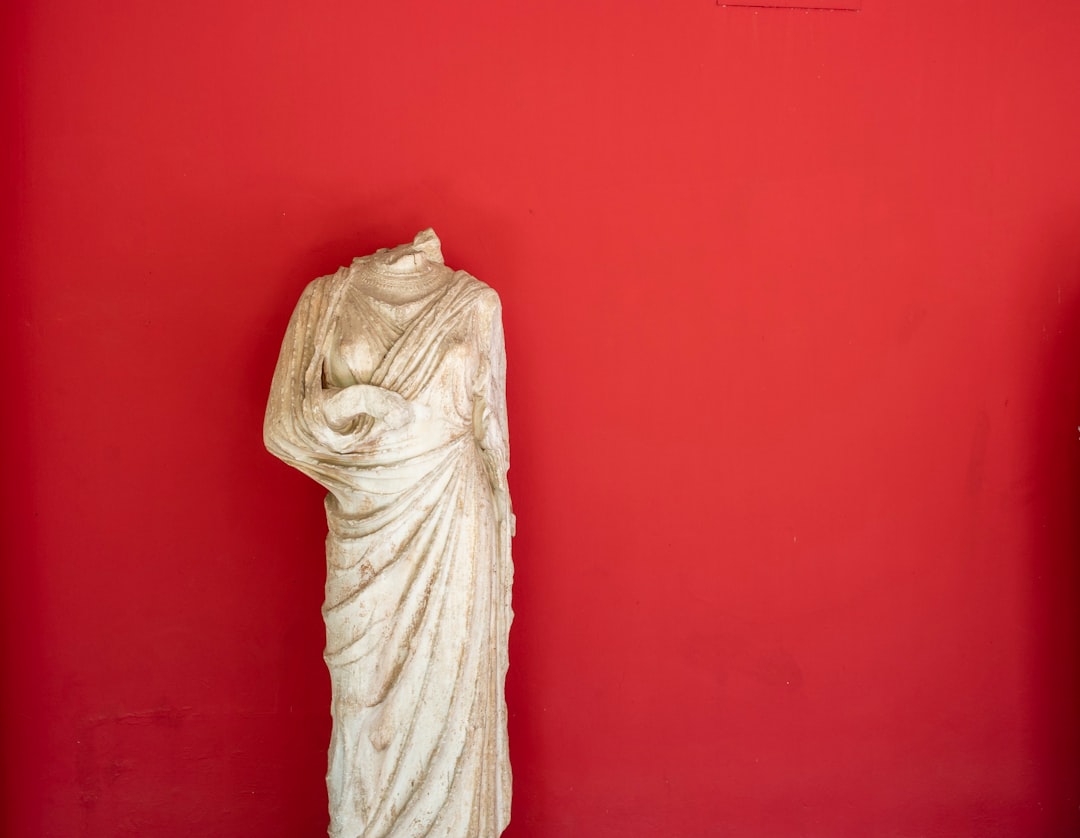What is it about?
This article examines the phenomenon of religious madness among Sufi saints called "majzubs" in sixteenth-century north India. Based on three main primary sources, I argue that insanity was central to how majzubs in this period in South Asia performed their spiritual ecstasy, divine wisdom, miraculous powers, defiance of conventional Sufi norms, and interactions with political authorities like the Mughals.
Featured Image

Photo by Aqib Ahmed on Unsplash
Why is it important?
These various anecdotes about majzubs help us challenge the normative understanding of Sufi orders (silsilas or tariqas) in early modern South Asia based on a master-disciple relationship. Instead of viewing them as marginal or exceptional figures, my article places majzubs centerstage as historical actors in their own right. It explains their madness as neither mental illness in a medical sense, or a kind of social deviation. Rather, their madness was aspired to as an elevated metaphysical state, and helped cement their spiritual authority in Mughal India. This article contributes to existing scholarship on both South Asian history (especially in the Mughal or early modern period) and religious studies (especially Sufi Islam).
Perspectives
I hope people enjoy reading this article - I definitely enjoyed writing about mad Sufis and translating their anecdotes from Persian sources!
Anurag Advani
University of California Berkeley
Read the Original
This page is a summary of: The Madness of the Majẕūbs: Three Sufi Hagiographies in Sixteenth-Century Mughal India, Journal of the Economic and Social History of the Orient, February 2022, Brill,
DOI: 10.1163/15685209-12341562.
You can read the full text:
Contributors
The following have contributed to this page










